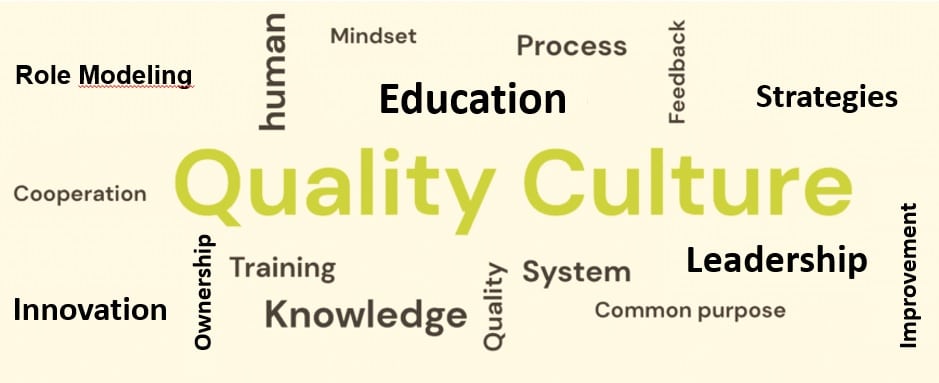In the fast-paced and competitive landscape of today’s business world, standing still is not an option. To remain relevant and thrive, organizations must embrace a mindset of continuous improvement. At the heart of this philosophy lies the concept of fostering a culture of quality that permeates every level of the organization. In this blog post, we’ll delve into the essential strategies and practices to unleash the power of continuous improvement and cultivate a culture of quality that drives sustainable success.
The Essence of Fostering a Culture of Quality
Fostering a Culture of Quality goes beyond merely adhering to standards and processes. It’s about ingraining quality principles into the fabric of the organization’s DNA. This mindset acknowledges that perfection is a journey, not a destination, and every individual contributes to the collective effort of improvement.
Leadership as the Torchbearer
Cultivating Fostering a Culture of Quality starts at the top. Leaders set the tone for the entire organization, demonstrating their commitment to quality through actions and decisions. When leaders prioritize quality over shortcuts, employees are more likely to follow suit. This commitment translates into adequate resource allocation, support for training, and a relentless pursuit of excellence.
Employee Empowerment and Engagement
Fostering a Culture of Quality thrives when every employee feels empowered to contribute to improvements. Encourage open communication and create platforms for employees to share their ideas and concerns. Recognize and reward employees who actively engage in identifying opportunities for enhancement. When employees feel their voices are heard and their contributions valued, they become enthusiastic participants in the quality journey.
Strategies for Fostering a Culture of Quality
1. Education and Training
A cornerstone of quality culture is knowledge. Provide comprehensive training on quality principles, techniques, and tools. From newcomers to seasoned veterans, everyone should have access to resources that empower them to make informed decisions that impact quality.
2. Clear Quality Objectives
Set clear, measurable quality objectives aligned with the organization’s mission. These objectives guide efforts toward specific improvements and allow for meaningful measurement of progress. Transparency regarding these objectives encourages accountability and focused action.
3. Feedback Loops
Establish mechanisms for constant feedback. Regularly assess processes, products, and customer interactions. Embrace feedback, whether positive or critical, as a valuable resource for improvement. This also includes internal feedback loops, where departments collaborate to enhance cross-functional processes.
4. Continuous Improvement Teams
Form cross-functional teams dedicated to continuous improvement projects. These teams bring together diverse perspectives to tackle specific challenges or seize opportunities. Their efforts become showcases of collaborative improvement that inspire others.
5. Celebrating Small Wins
Acknowledge and celebrate incremental successes. Whether it’s a small process enhancement or a successful project completion, recognizing achievements boosts morale and reinforces the culture of quality.
6. Learning from Failures
Failure is an inevitable part of any improvement journey. Encourage a perspective where failures are seen as learning opportunities rather than setbacks. Analyze failures to uncover root causes and implement corrective actions that prevent recurrence.
7. Role Modeling by Leadership
Leadership’s active involvement in improvement initiatives demonstrates their commitment to quality. When employees witness leaders embracing change and learning from failures, it sets a powerful example for the entire organization.
Conclusion
A culture of quality is not a luxury; it’s a necessity for organizations aiming to thrive in today’s competitive environment. By promoting continuous improvement at all levels, from leadership to the frontline, organizations can unlock their full potential, elevate customer satisfaction, and achieve long-term success. So, embark on this journey of transformation, and witness the positive ripple effects throughout your organization.

